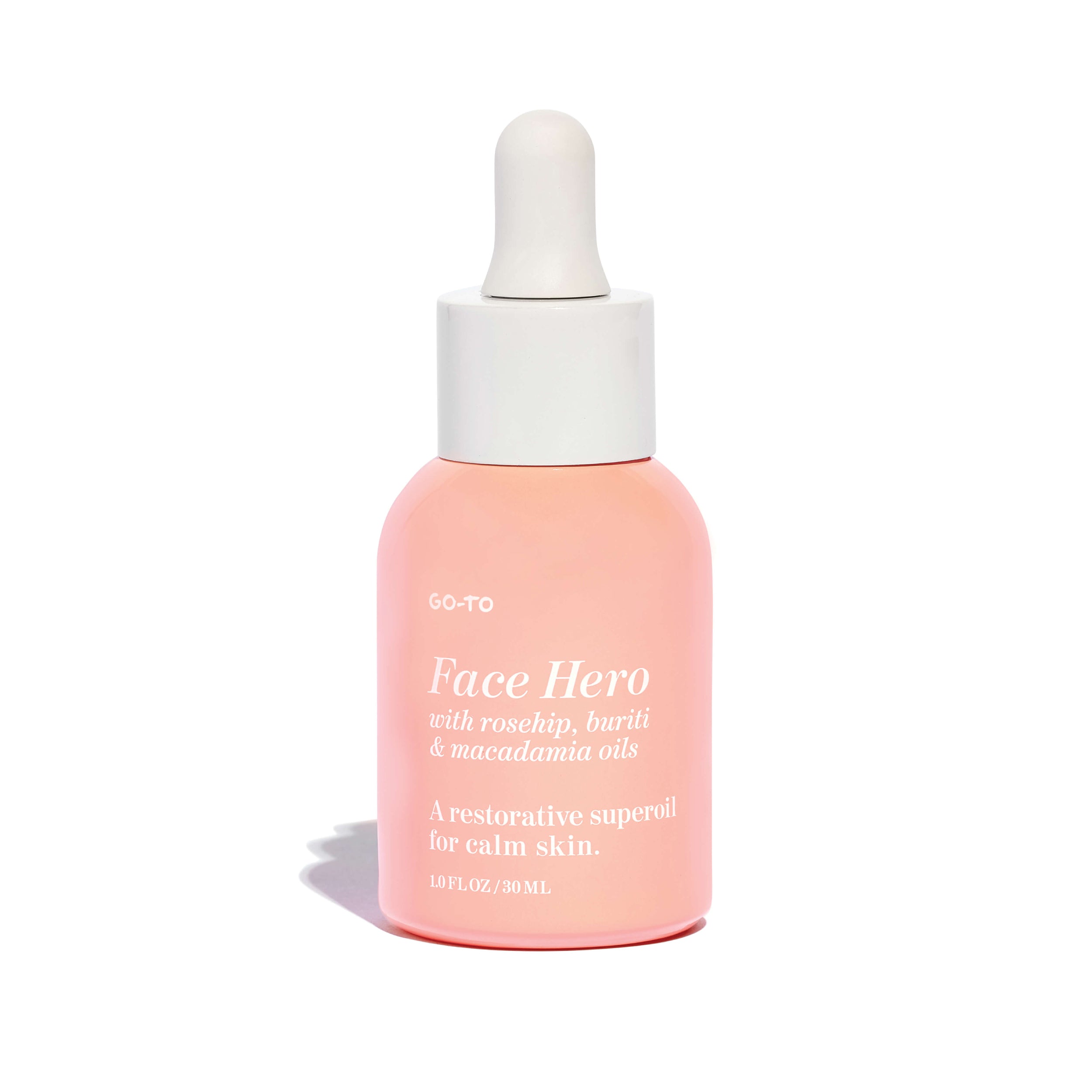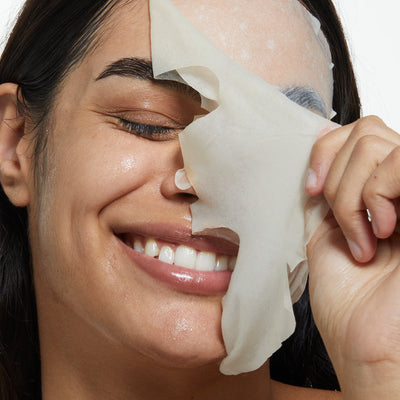Retinoids (aka vitamin a) are a very hot skincare topic atm (almost as hot as Traylor) (almoooost). Everyone wants to try them and other ingredients want to be them. But does that mean they'll work for your skin type? Let’s delve into it a little further and figure it all out.
What Are Retinoids?
You see, the retinoid family is full of compounds that are derived from vitamin a. That’s right there are many different types of vitamin a and retinoids is essentially the umbrella term for them all. But the reason it is a damn popular skincare ingredient is because it’s the only one with significant scientific research to back up its anti-ageing claims. And I promise when you start on the right one for your skin type, and you see the benefits, you’ll get the hype.
What Are Their Benefits?
Retinoids have countless benefits. They can:
- Slow the breakdown of collagen
- Fade pigmentation/age spots
- Minimise the appearance of wrinkles
- Help reduce pore size
- Minimise acne spots
- Make you dinner
...Okay, they can’t do the last one, but you get the idea!
They essentially work by improving skin cell renewal and stimulating collagen production. However, there are two different groups, prescription (tretinoin, isotretinoin) and non-prescription (retinol, retinal/retinaldehyde, retinol esters).
Are you confused now? Let’s break it down a little more.
What is the difference between prescription and non-prescription retinoids?
Ok I’m going to get a little science-y here so hold on…because the main difference is that prescription retinoids are already retinoic acids, while non-prescription needs to be converted into retinoic acid by the skin.
Retinoic acid is bio-available to the skin. You still with me?
So retinols/retinals/retinol esters have more steps to convert into retinoic acid at a cellular level than a prescription strength vitamin a which is already a retinoic acid. And we need it to convert to a retinoic acid to get all the studied skin benefits!
Still lost? Let’s make the conversions easier to understand:
Retinal = one conversion.
Retinol = two conversions.
Retinol esters = three conversions.
Pheeeew did you get all that? Gold star!
How To Incorporate A Retinoid Into Your Routine
Now I bet you’re wanting to try a retinoid RIGHT NOW? Well, HOLD UP, because while retinoids are a great ingredient to throw into your skincare routine people tend to go a little loco on them and go way too hard, too soon. In fact, while they are a great ingredient to add into a routine, they are also an ingredient that can cause a lot of damage to the skin when used incorrectly.
Do Retinoids Come With Side Effects?
Yes, that’s why it’s important to find the correct dose for your skin type. Redness and irritation are common issues that tend to pop up for people, hence why it’s better to introduce into your routine 1-2 times a week, and build up your skin’s tolerance. Below are a few common mistakes people make when using vitamin a in their routines.
Three Common Mistakes People Make With Retinoids
- You start with the strongest strength: there’s no need to start with the strongest strength. A low strength retinoid can still deliver great results. Slow and steady is key – especially for sensitive skin types.
- You’re not wearing SPF: you need to be wearing SPF every day regardless, however it is more important when using a vitamin a in your routine as this ingredient will make your skin more sensitive to the sun and put your skin at risk of burning. SPF will help mitigate these effects – I’d cover up and wear a hat too.
- You slather your face with your vitamin a: big mistake, you only need a pea sized amount of this ingredient. We all know the size of a pea, yeah?
Ingredients To Use And Avoid With Retinoids
Finally, retinoids are best used at night, post cleansing as your treatment serum or as your moisturiser (only if the ingredient is in your night cream.) I recommend keeping it simple. So double cleanse, vitamin a, moisturiser.
However! Niacinamide is also a great ingredient to add to your skincare routine as it can help buffer some of the irritation that often happens when people first start using this ingredient.
It’s also recommended that people avoid exfoliating on the same night, as it can be too much activity on the skin. But, there are clinical products on the market formulated with both retinoids and exfoliants that can be tolerated by some. So listen to your skin – and your dermal therapist.
One last note: retinoid use is not recommended during pregnancy or breastfeeding. Always consult your GP if you are thinking of using such an ingredient during this time.















Comments